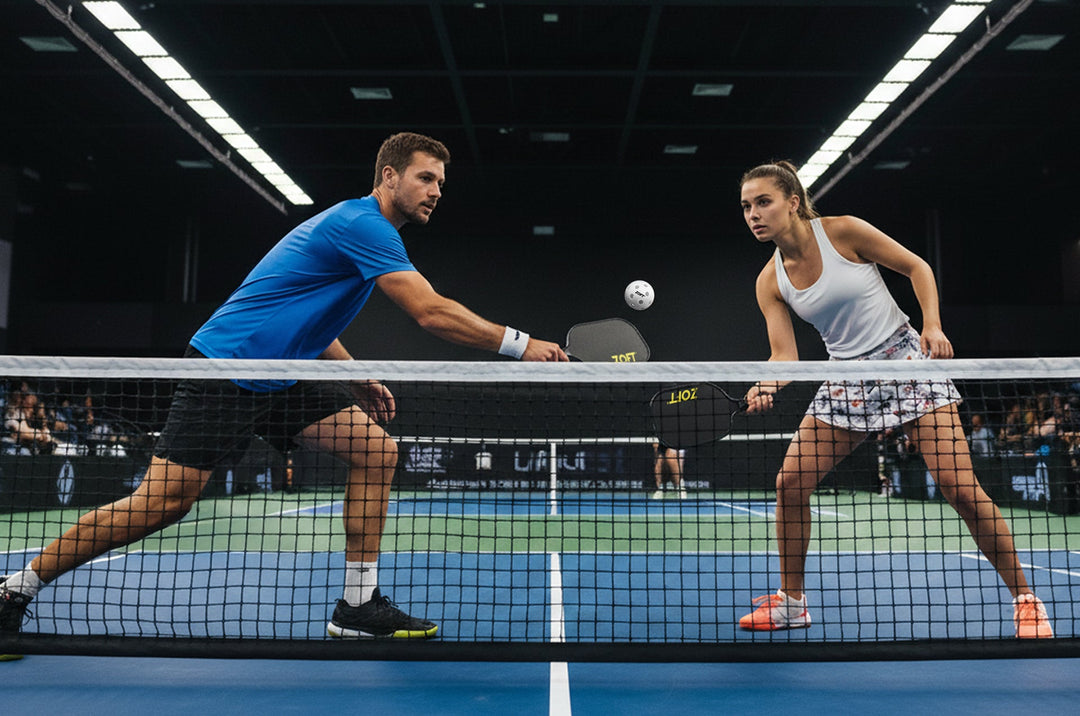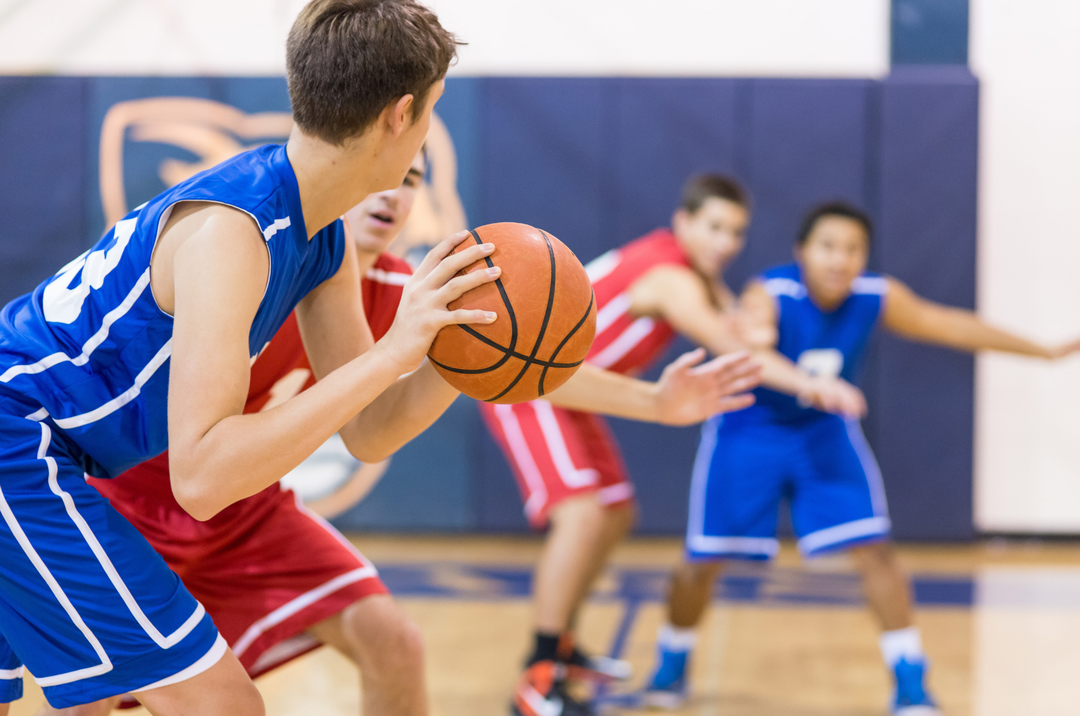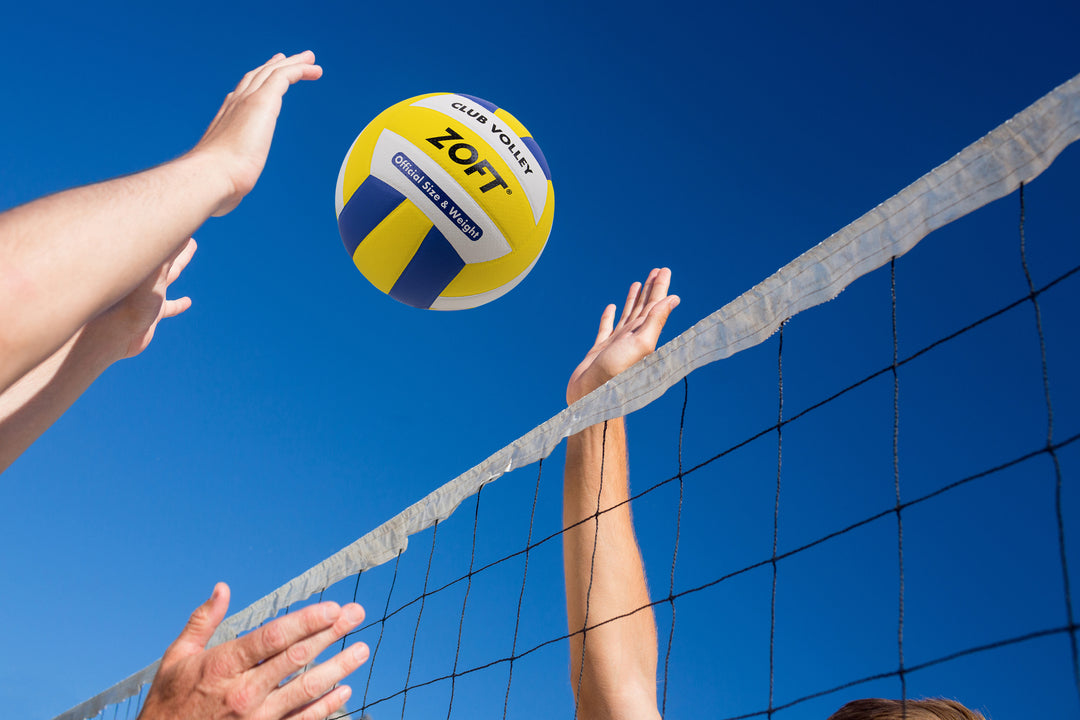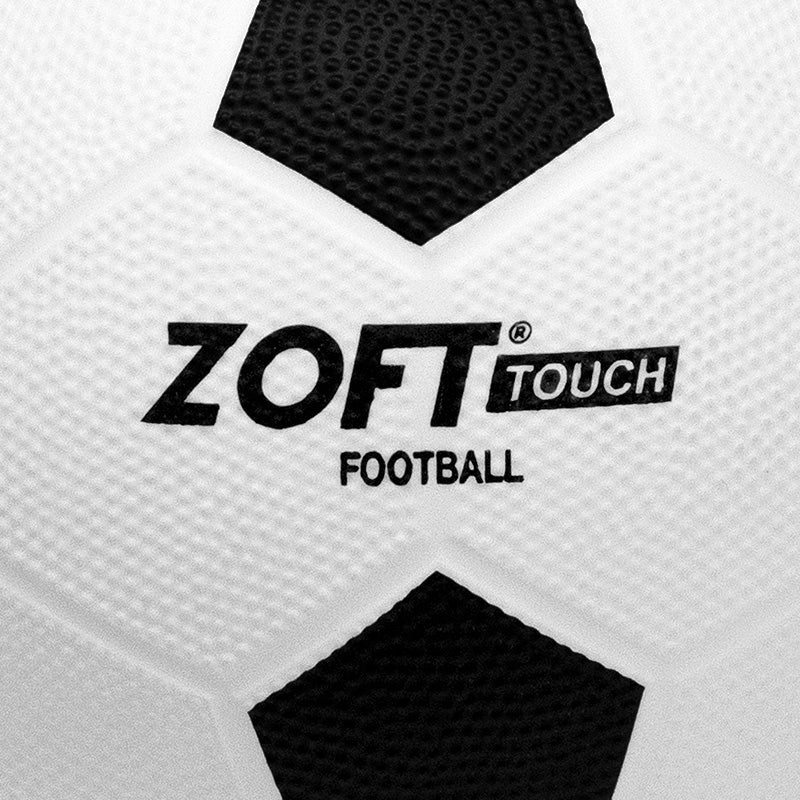Pickleball and padel are two of the fastest-growing sports globally, drawing enthusiasts of all ages and skill levels. But what sets them apart? Whether you're looking to start a new hobby, improve your fitness, or explore a social activity, our ultimate guide compares the two sports across multiple dimensions, from rules and equipment to gameplay style. Let's break it all down so you can decide which is the right match for you.
What is Pickleball?
Pickleball is a unique, fast-paced racket sport that blends elements of tennis, badminton, and ping-pong. Invented in the mid-1960s by three neighbours on Bainbridge Island, Washington, it was designed as a family-friendly game for all ages. Over the years, pickleball has grown exponentially, especially in North America, becoming a staple in community centres, schools, and retirement communities.
Key Features of Pickleball
-
Small Court: Pickleball courts are 44 feet by 20 feet in size, approximately a quarter the size of a tennis court. The compact dimensions make it engaging yet low-impact, ideal for beginners and older players. The net is slightly lower than those on badminton courts at 36 inches at the edges and 34 inches at the centre.
-
Paddles and Balls:
-
Pickleball paddles are solid-faced, lightweight, and typically made of composite materials, providing great control and spin.
-
The game uses perforated plastic balls.
-
-
Pickleball Rules:
-
Players must serve underhand from the baseline and direct the ball cross-court into the diagonally opposite service zone.
-
There’s a seven-foot area called the "kitchen" near the net, where volleying is prohibited to stop aggressive smashes.
-
-
Scoring:
-
Games are played to 11 points, and players or teams must win by two points. Only the side serving can score.
-
What is Padel?
Often described as a mix of tennis and squash, padel is played on an enclosed court with glass walls, adding a dynamic element to the game. The sport thrives on strategy, teamwork, and clever use of angles.
Key Features of Padel
-
Smaller Tennis-Like Court:
-
Padel courts measure 20 metres by 10 metres (approximately 66 feet by 33 feet). The central net divides the court, similar to tennis.
-
Surrounding walls are vital to gameplay, allowing players to bounce the ball strategically.
-
-
Rackets and Balls:
-
Padel rackets are solid-faced with perforated holes, providing excellent control and power. They resemble pickleball paddles but are generally larger.
-
The balls are similar to tennis balls but slightly less pressurised for slower, more controlled play.
-
-
Padel Rules:
-
Games begin with an underhand serve, and points are played with unique wall bounces. Players can hit the ball off the court walls without losing points.
-
Unlike pickleball, padel almost always requires four players playing doubles.
-
-
Scoring:
-
Padel follows the traditional tennis scoring system (15-30-40-game), with matches typically played as best-of-three sets.
-
The enclosed court dimensions and wall interactions make padel a thrilling experience, requiring both skill and strategy.
Court Differences
The size, layout, and structure of the courts are key differences between pickleball and padel.
|
Feature |
Pickleball Court |
Padel Court |
|---|---|---|
|
Dimensions |
44 x 20 feet |
66 x 33 feet |
|
Walls |
Open court |
Enclosed with glass and metal fencing |
|
Net Height |
34 inches (centre) |
88 cm (centre, approx. 34.6 inches) |
|
Key Features |
Kitchen (no-volley zone) |
Walls as part of gameplay |
The open nature of pickleball courts encourages simple rallies, while padel’s enclosed walls add layers of complexity and tactics.
Equipment Comparison
When it comes to gear, the sports differ in both functionality and design.
Pickleball Equipment
-
Paddles:
-
Rectangular-shaped and lightweight.
-
Composite materials like fibreglass or carbon fibre offer durability.
-
The maximum length and width combined shouldn't exceed 24 inches.
-
-
Balls:
-
Plastic with 26–40 drilled holes for air resistance.
-
Suitable for indoor or outdoor play, with outdoor balls being harder and firmer.
-
Padel Equipment
-
Rackets:
-
Made from durable materials like carbon fibre.
-
Designed with perforated holes for control and unique head shapes (e.g., round for accuracy, diamond for power).
-
-
Balls:
-
Low-pressure balls with similar characteristics to tennis balls but with less bounce, making rally control easier.
-
Both sports offer equipment that caters to their respective playing styles, influencing the pace and feel of the game.
Rules and Scoring
Pickleball Rules
-
Serve underhand with one foot behind the baseline.
-
Only one serve attempt is allowed per point.
-
The ball should bounce once on each side (serve and return) before volleys are allowed.
-
Players cannot step into the kitchen (the seven-foot no-volley zone) while volleying.
-
Scoring is straightforward; the serving team wins points.
Padel Rules
-
Serve using an underhand technique, with the ball bouncing before hitting.
-
Balls may bounce off walls, which adds layers of strategy.
-
Points are scored as in tennis (15-30-40-game format), with the same rules for winning sets.
While pickleball rules favour simplicity, padel’s rules combine tennis's scoring traditions with squash-like wall tactics.
Gameplay and Strategy
Pickleball thrives on its fast pace and fun atmosphere, often involving social players. Matches emphasise precision, quick reactions, and consistency.
On the other hand, padel demands strategic thinking, taking advantage of wall rebounds and angles. The larger court size and doubles gameplay increase the complexity and physical challenge, making stamina and strategy critical.
Which Sport is Right for You?
Choose Pickleball If:
-
You prefer a lower-impact sport.
-
You’re seeking a simple, social activity suitable for all ages.
-
You want something with minimal equipment to get started.
Choose Padel If:
-
You enjoy strategy and a dynamic playing style that involves walls.
-
You’re comfortable with the physical demands of a doubles game.
-
You prefer a tennis-like scoring system with a creative twist.
Both sports offer unique benefits depending on your interests, fitness level, and social goals.
How to Get Started
Finding a Court
Start your pickleball or padel journey by searching for nearby courts. Use your local recreational centres or online directories to locate facilities where you can play. Many clubs and sports centres now offer areas dedicated to both sports.
Buying Equipment
For pickleball, ensure you’re starting with reliable equipment. Check out the range of top-quality paddles and balls available at Zoft’s Pickleball Collection, designed for players of all skill levels. Whether you're a beginner or advanced player, you'll find something to match your needs.
For padel, consider investing in the Zoft Club Carbon Padel Racket. This durable and well-crafted racket provides excellent control and precision, making it perfect for beginners and seasoned players alike. Pair it with the right balls to elevate your gameplay.
Tips for Beginners
-
Learn the basics of pickleball rules or padel strategies by joining introductory classes or watching online tutorials.
-
Practice key skills like serving and rallying to build confidence and improve your performance.
With the right equipment from Zoft and access to your local courts, getting started with pickleball or padel is easier than ever. Grab your gear, find a court, and jump into the action!
Pickleball and padel each offer their own charm, whether through the simplicity and social nature of pickleball or the strategic complexity of padel. Whichever you choose, you'll benefit from improved fitness, social connections, and plenty of fun. Why not try both and see which one steals your heart?
FAQs
Q1. Can I play both sports?
Absolutely! Many skills overlap, making it easy to transition between the two.
Q2. Which sport is easier to learn?
Pickleball’s simple rules and smaller court make it beginner-friendly, while padel may require more strategy.
Q3. Does pickleball equipment cost more than padel gear?
Generally, pickleball equipment is more affordable, but both offer budget-friendly options for beginners.
Give these sports a go and discover a new passion in 2025!








